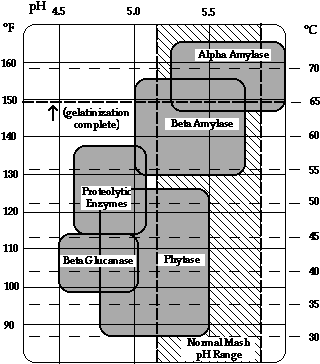So far I've been using a basic single infusion mash. I was wondering if ales woul benefit from a three step inusion mash at temps of 40c 60c and 90c. Also I would like to know what these benefits would be.
TIA
TIA


So far I've been using a basic single infusion mash. I was wondering if ales woul benefit from a three step inusion mash at temps of 40c 60c and 90c. Also I would like to know what these benefits would be.
TIA
Enter your email address to join: